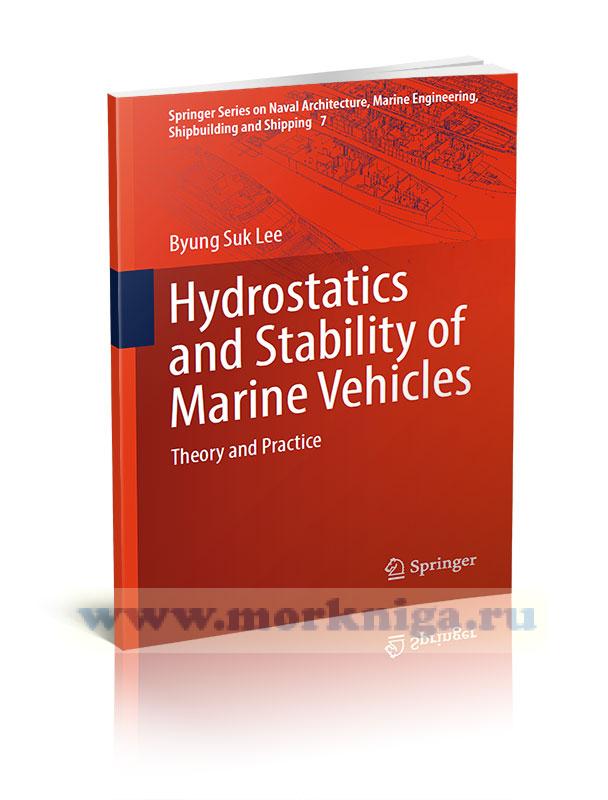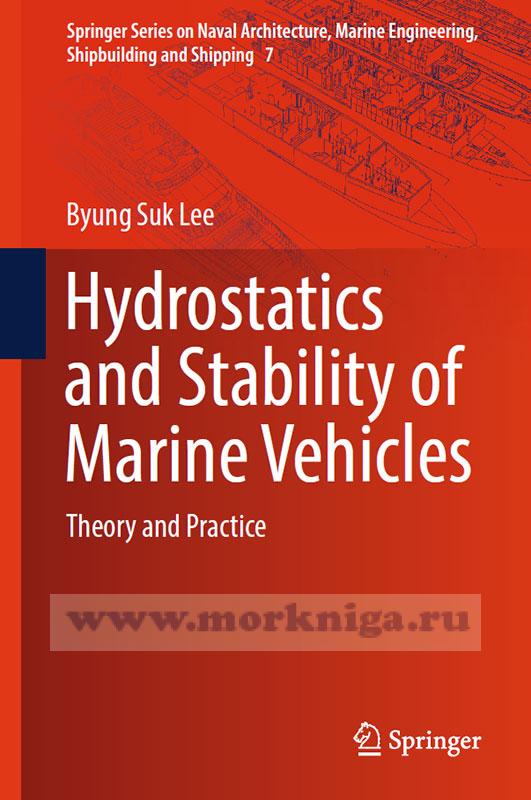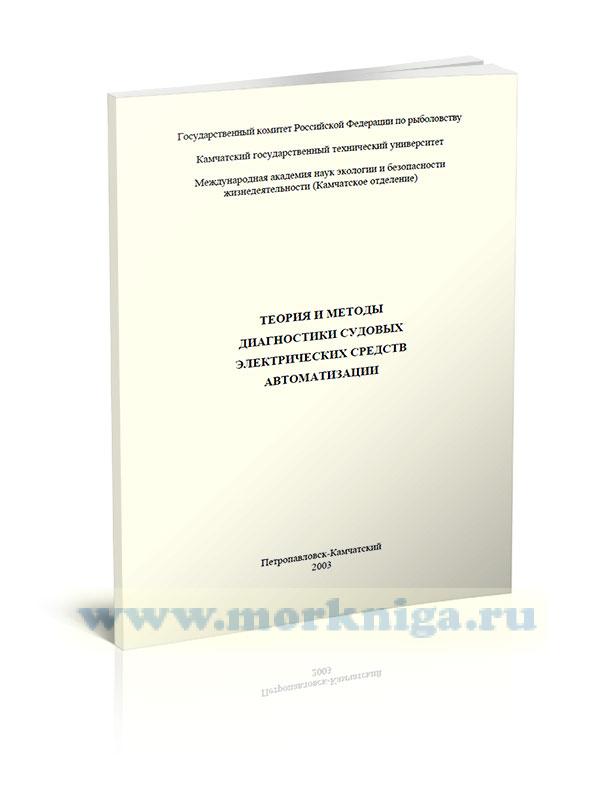Hydrostatics and Stability of Marine Vehicles. Theory and Practice/Гидростатика и устойчивость морских транспортных средств. Теория и практика
Издание на английском языке
The word ‘hydrostatics’ is made up of two parts: ‘hydro’, which means water, and ‘statics’, which means characteristics or study of whatever it is that is stationary. It is quite clear, therefore, that by hydrostatics we are talking about the properties of stationary water. A ship normally floats in water, and for the water to be stationary, it is essential that the ship does not move. One can see then that ‘hydrostatics’ deals with physical systems in static equilibrium. Hydrostatics in naval architecture is concerned with forces, moments and all other properties of stationary ships.
This obviously implies that there is ‘hydrodynamics’ as well. This sounds really interesting, but anything dynamic is quite a lot more complicated to study and understand than those which are static. In fact, it is not too difficult to see that statics is a special case of dynamics, where the motions happen to be zero.
Let us now go back to still water and consider hydrostatics. Remember that the water is not moving. This means there is no wave and no current, and no wind either, since wind will cause waves and make the ship move, which in turn will disturb water. This cannot represent the reality. We all know that even ‘flat calm’ mirror-like water surface has ripples on it. Why then are we talking about hydrostatics in naval architecture? An immediate, and not altogether flippant, answer is that it is simpler that way! We can understand quite a lot about water if it does not move.
Actually, there is a slightly more serious answer to it than that. If the motions are not too large, we can treat them as small symmetrical disturbances about a ‘mean’ or ‘static’ state. Therefore, by assuming no motion, we are in effect dealing with the mean state. That is not science, but it is quite good engineering. Statics is crucial in understanding dynamics too. Indeed, a mathematical equation describing a cyclical motion has a static element in its restoration term. Take, for example, a simple differential equation representing a damped spring-mass system. Make the acceleration and velocity zero, and what is left is the static term.
A ship designer wants to know quite a few things about the ship being designed.
Some of the main ones within the realms of statics can be summarised as follows:
- First of all, will it float?
- How many people, how many cars and lorries, how much volume and weight of cargo can it carry?
- Will it stay upright? (or more importantly, under what condition will it capsize?)
- Will it be strong enough to carry all this cargo and not break up?
This book addresses some of these points and how they can be answered, except the last one which constitutes a separate subject of structural strength.
I will be delighted if the book can help the readers understand the subject of hydrostatics and stability of ships and make the task of learning this important subject a little easier and enjoyable.
Contents
1 Basic Ship Geometry
1.1 Introduction
1.2 Form Definitions
2 Flotation
2.1 Archimedes’ Principle
2.2 Volume and Mass Displacement
2.3 Static Equilibrium
2.4 Curve of Displacement
2.5 Tonnes per cm Immersion (TPC)
2.6 Effect of Water Density
3 Moments and Centroids
3.1 Area
3.2 First Moment of Area
3.3 Second Moment of Area
3.4 Properties of 3-D Shapes
4 Numerical Integration Methods
4.1 Introduction
4.2 Trapezoidal Rule
4.3 Simpson’s Rules
4.4 Other Numerical Integration Methods
4.5 Polar Integration
5 Trim and Longitudinal Stability
5.1 Longitudinal Centre of Floatation (LCF)
5.2 Moment to Change Trim (MCT)
5.3 Longitudinal Metacentric Height
5.4 Changes in Loading Condition
6 Statical Stability at Small Heel Angles
6.1 Introduction
6.2 Basic Principles of Stability
6.3 Symbols and Terminology
6.4 Metacentric Height
6.5 Implications of GM
6.6 Methods of Influencing GM
6.7 Factors Affecting GM
6.8 Inclining Experiment
7 Statical Stability at Large Heel Angles
7.1 Introduction
7.2 Attwood’s Formula (1796)
7.3 Barnes’s Method
7.4 Scribanti’s Wall-Sided Formula
7.5 Curve of Statical Stability
7.6 Isocline Method
8 Dynamical Stability
8.1 Introduction
8.2 Basic Equation of Roll Motion
8.3 Basic Concept of Dynamical Stability
8.4 Heeling Moments
8.5 Some Specific Cases
9 Intact Stability Criteria
9.1 Introduction
9.2 Criteria Based on Statistics
9.3 Criteria Based on Dynamical Stability (Weather Criteria)
9.4 Comparison Between Statistical and Dynamical Approach
9.5 Trim and Stability Particluars
10 Basic Concept of Damage Stability and Watertight Subdivision
10.1 Introduction
10.2 Intermediate Stages of Flooding
10.3 Equilibrium, Draught and Stability After Flooding
10.4 Factorial System of Subdivision
10.5 Damage Stability Regulations
Numerical Answers to the Exercises
Index


 Теория и методы диагностики судовых электрических средств автоматизации
Теория и методы диагностики судовых электрических средств автоматизации  Компрессоры воздушные электроприводные типа ЭКП. Технические условия на ремонт УР31-477-393-77. Взамен УР477-150-71 и УР477-156-72
Компрессоры воздушные электроприводные типа ЭКП. Технические условия на ремонт УР31-477-393-77. Взамен УР477-150-71 и УР477-156-72